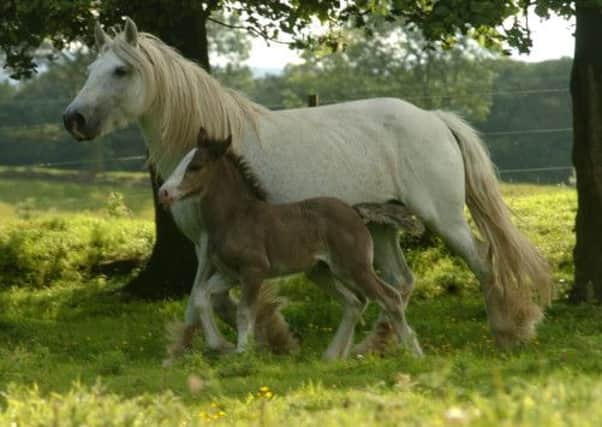Animals could shrink with climate change


Fossil evidence shows many mammals became significantly smaller during ancient warming events, and now scientists are predicting the same thing could happen in response to climate change caused by humans.
Palaeontologists had long known that early ancestors of monkeys, horses and deer showed a dramatic decrease in size during a period of warming called the Paleocene-Eocene Thermal Maximum (PETM), which occurred around 55 million years ago, but the latest studies show “dwarfing” in mammals also occurred during a smaller event two million years later.
Advertisement
Hide AdAdvertisement
Hide Ad“The fact that it happened twice significantly increases our confidence that we’re seeing cause and effect, that one interesting response to global warming in the past was a substantial decrease in body size in mammalian species,” said Philip Gingerich of Michigan University, a professor of earth and environmental sciences.
The team concluded that reduced body size seems to be a “common evolutionary response” by mammals to extreme global warming events known as hyperthermals, and so may be “a predictable natural response for some lineages to future global warming”.
The scientists believe the first animals to be affected are likely to be monkeys or horses, based on the study of fossils. The palaeontologists analysed teeth and jaw fossils of prehistoric hoofed mammals and primates from this later climatic era and used the dimensions of their molar teeth as a guide for body size.
Results showed the animals became much smaller during the second warming phase, though the shrinkage was not as extreme as witnessed in the older PETM fossils.
Findings revealed that a family of early horses called Hyracotherium, which were the size of a small dog, shrank by around a third during the first warming period and by around 19 per cent in the later event. Diacodexis, an antelope-like mammal with five hooves on each foot, became 20 per cent smaller while Cantius, a primitive relation of monkeys and lemurs, dropped in size by 8 per cent.
After both events, however, fossils show the animals reverted to their original stature – or, in the case of Hyracotherium, grew bigger.
The parallels between ancient hyperthermals and today’s greenhouse effect make studies of the fossil record particularly valuable, according to the University of New Hampshire’s Will Clyde, another team member. He said: “Developing a better understanding of the relationship between mammalian body size change and greenhouse gas-induced global warming during the geological past may help us predict ecological changes that may occur in response to current changes in earth’s climate.”
Prof Gingerich has proposed that mammalian dwarfing could be a result of animals feeding on plants grown under raised carbon dioxide conditions, which causes them to grow quickly but lack nutritional value. Animals eating such plants might adapt by becoming smaller over time.